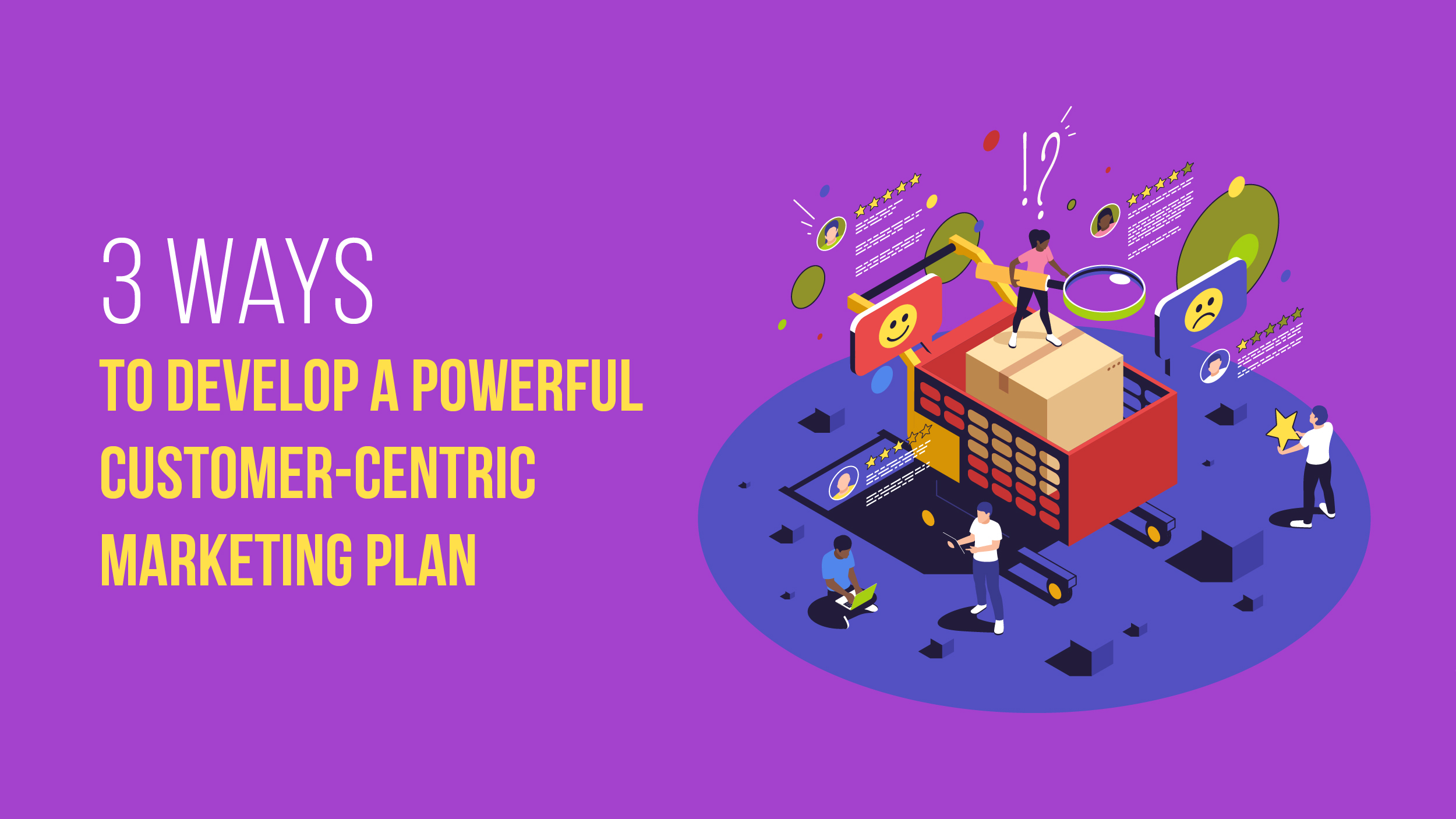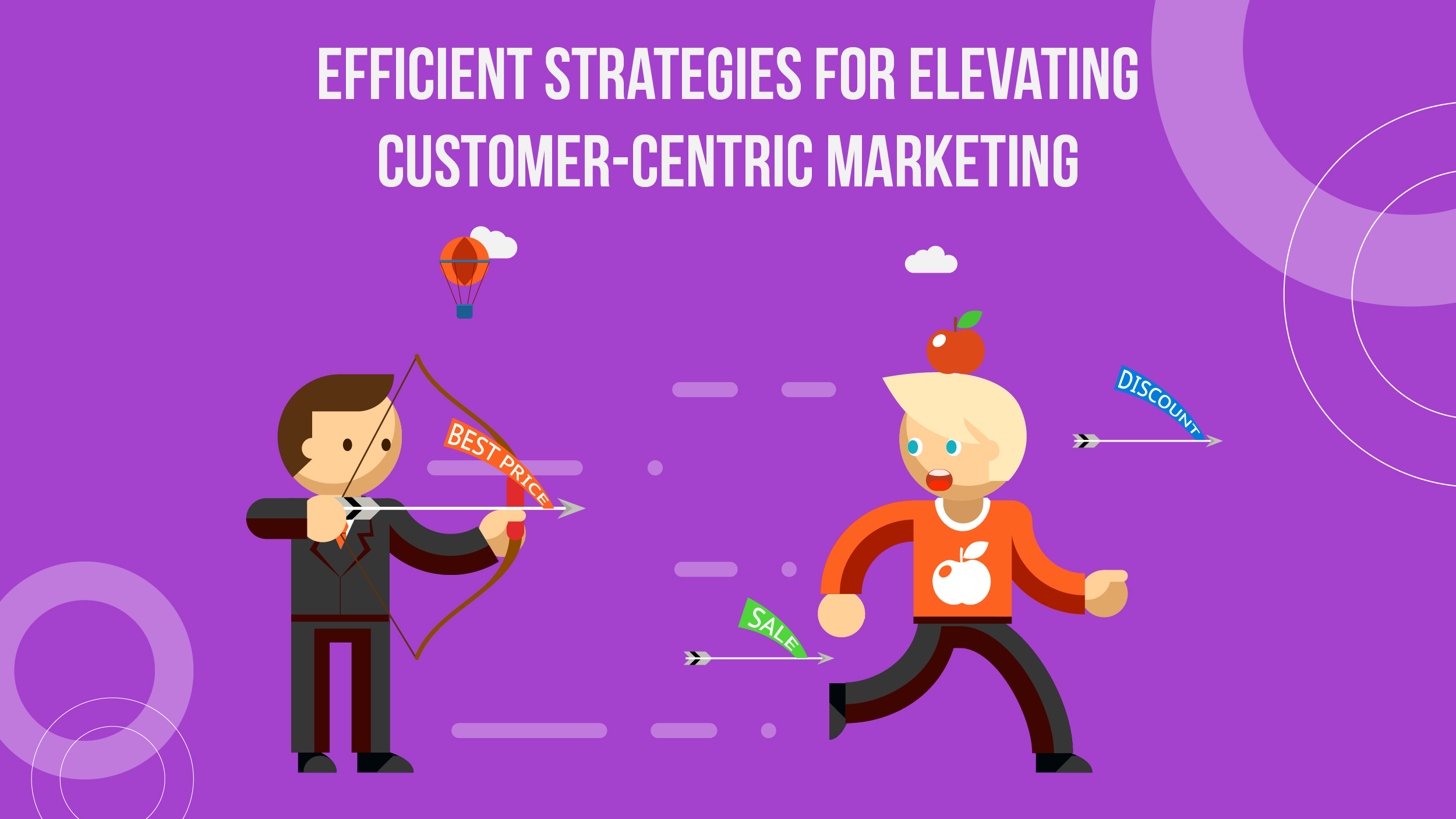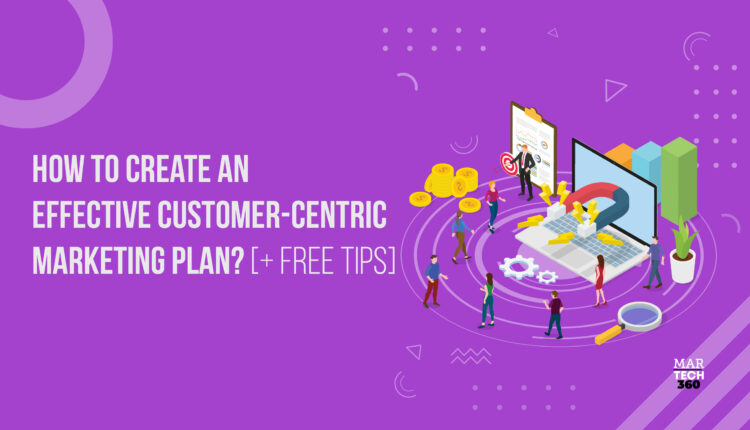Navigating through the multitude of marketing terms and plans can be overwhelming, given the array of options available. If your company is seeking strategies to transform leads into customers through customized and personalized messaging, you’re in the right spot.
Normal marketing strategies might seem straightforward to explain, but the term “customer-centric marketing” holds a deeper significance. However, a customer-centric marketing strategy elevates these practices to the next level.
This type of marketing transcends the mere understanding of your target audience for lead generation and sales pipeline fulfillment. Rather than solely concentrating on what benefits the company, this approach centers on what best serves the interests and needs of your customers. After all, happy customers, the merrier the business. Let’s get started!
What is a Customer-Centric Marketing Plan?
Customer-centric marketing is a strategy that prioritizes the desires and needs of the consumer first when making decisions regarding how to advertise, market, and promote products and services.
Understanding your customers’ needs is essential for your business to effectively engage in successful customer-centric marketing. The objective isn’t just business expansion; it’s growth fueled by demonstrating to clients how your product or service can enhance parts of their lives or careers.
According to McKinsey, companies that implement a marketing and sales platform that prioritizes customer needs and utilizes data can significantly increase their return on investment (ROI) in marketing by a minimum of 15% to 20%.
Focusing on the needs of the customer is not only a differentiation of the market but also its growth accelerator.
Core Focus of Customer-Centric Marketing
The core priorities of customer-centric marketers revolve around three key aspects:
- Customer Success: Customer-centric marketing places a primary emphasis on empowering customers to thrive, even if they don’t ultimately choose the product. An example of this approach is Gainsight, which has established a community, Gainsight University, and Pulse conferences for customer success professionals.
- Customer Advocacy: Thriving on advocacy, customer-centric marketing organizations delve into understanding their customers’ desires, actively supporting them internally and externally. This involves creating valuable resources to enhance customer skills and sharing success stories on platforms like social media.
- Long-Term Strategy: Customer-centric marketers place a higher priority on creating long-lasting relationships than do marketing strategies that are exclusively focused on generating leads. Although the sales team can instantly establish a connection with clients through short-term strategies, long-term value creation cannot be sustained by them.
Also Read: The Essential Guide to Enhancing Your Digital Customer Experience (DCX)
3 Ways to Develop a Powerful Customer-Centric Marketing Plan
 Developing a customer-centric marketing plan for the first time doesn’t have to be difficult. Here’s how to begin:
Developing a customer-centric marketing plan for the first time doesn’t have to be difficult. Here’s how to begin:
1. Leadership Engagement
To ensure the success of a new customer-centric marketing strategy, gaining support from senior leaders is crucial. Encouraging leaders to prioritize customers across all channels fosters a culture that permeates the organization. Regularly scheduled meetings can be instrumental in educating leaders about customer-centric marketing, discussing upcoming campaigns, and brainstorming innovative brand promotion approaches.
2.Understanding Customers
Developing a deeper understanding of customers involves various strategies:
- Conducting surveys to gather feedback on service/product quality, the company’s strengths, areas for improvement, and preferred interaction channels.
- Holding one-on-one interviews with current and former customers to explore their experiences, reasons for loyalty, or factors contributing to their departure.
- Tracking consumer behavior with the use of analytics tool data.
- Tracking mentions on social media and the internet to determine opinions and pinpoint areas that need work.
- Reviewing correspondence from consumers via phone calls and emails to learn about their contacts with the business.
3.Add Value to Customers
Recognizing that customers can be at various stages of their journey, a customer-centric strategy emphasizes creating appeal at every touchpoint. Examples, such as Nordstrom’s personalized offerings, Starbucks’ efficient customer service system, and Bacardi’s virtual whisky tasting, highlight the importance of adding value to different customer interactions. These actions share a common goal: creating an enjoyable, engaging, and straightforward customer experience.
Efficient Strategies for Elevating Customer-Centric Marketing
 Construct a Customer Journey Map: Develop a comprehensive visualization detailing customer interactions across all touchpoints. This map serves as a valuable tool to pinpoint gaps, enhance experiences, and ensure smooth transitions between different stages.
Construct a Customer Journey Map: Develop a comprehensive visualization detailing customer interactions across all touchpoints. This map serves as a valuable tool to pinpoint gaps, enhance experiences, and ensure smooth transitions between different stages.- Enhance Website Usability: Optimize your website for user-friendliness, incorporating intuitive navigation, an accessible user interface, and rapid loading times. A user-friendly online environment contributes to heightened customer satisfaction and increased conversion rates.
- Curate Engaging and Relevant Content: Craft content that captivates your audience, utilizing interactive infographics, dynamic videos, or insightful webinars. It is imperative that your content is not only engaging but also valuable, aligning seamlessly with your brand.
- Deliver Exceptional Customer Support: Treat every interaction as an opportunity to surpass expectations. Prioritize quick response times, empathetic communication, and proactive assistance to establish a foundation for exceptional customer support.
In a Nutshell
Over the past few years, achieving a seamless omnichannel experience has been a coveted goal in marketing. To attain this objective, it is crucial to have a marketing and advertising strategy that prioritizes the needs and preferences of the customers. By providing value in each interaction, you have the potential to ignite discovery, foster consideration, drive purchases, or cultivate loyalty—regardless of where customers find themselves in their journeys. This approach allows us to interlink all customer touchpoints and create cohesive constellations.


Comments are closed.